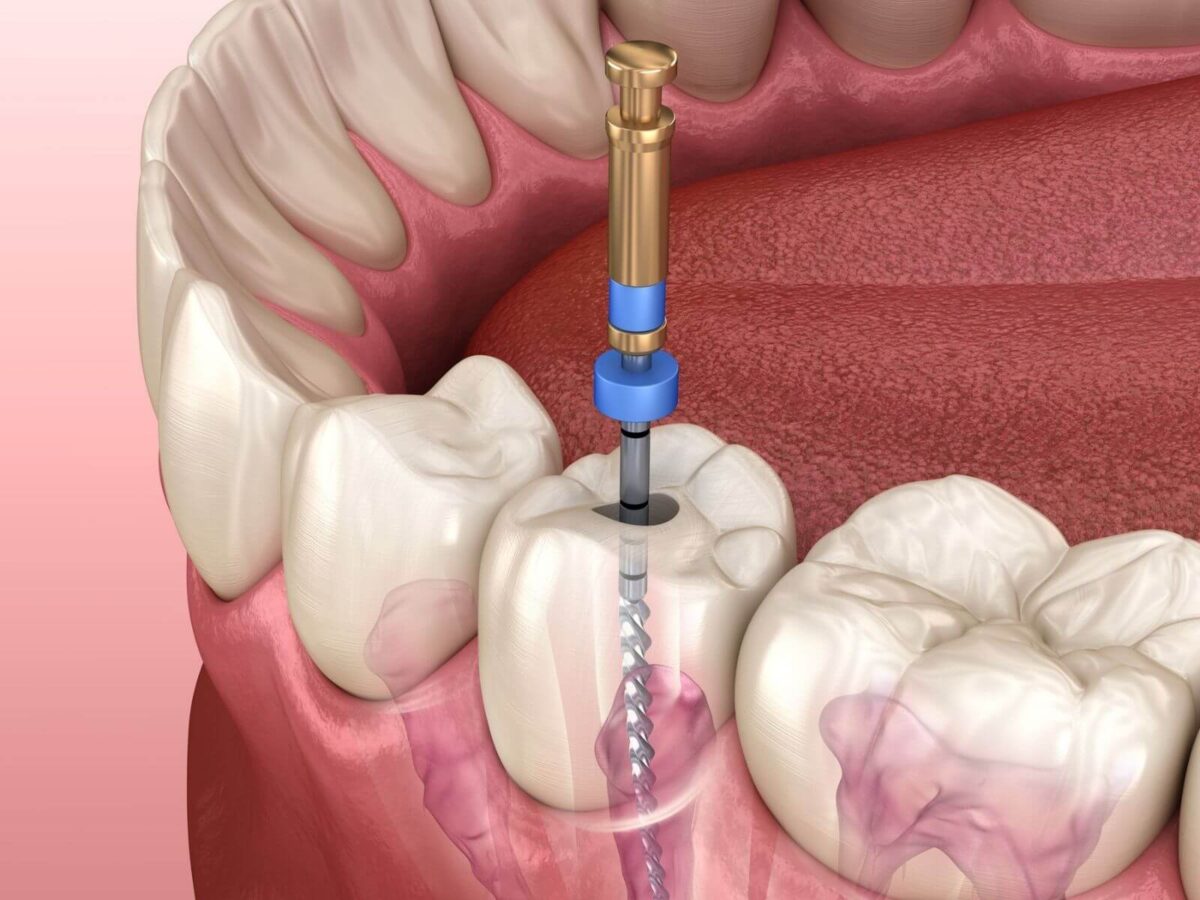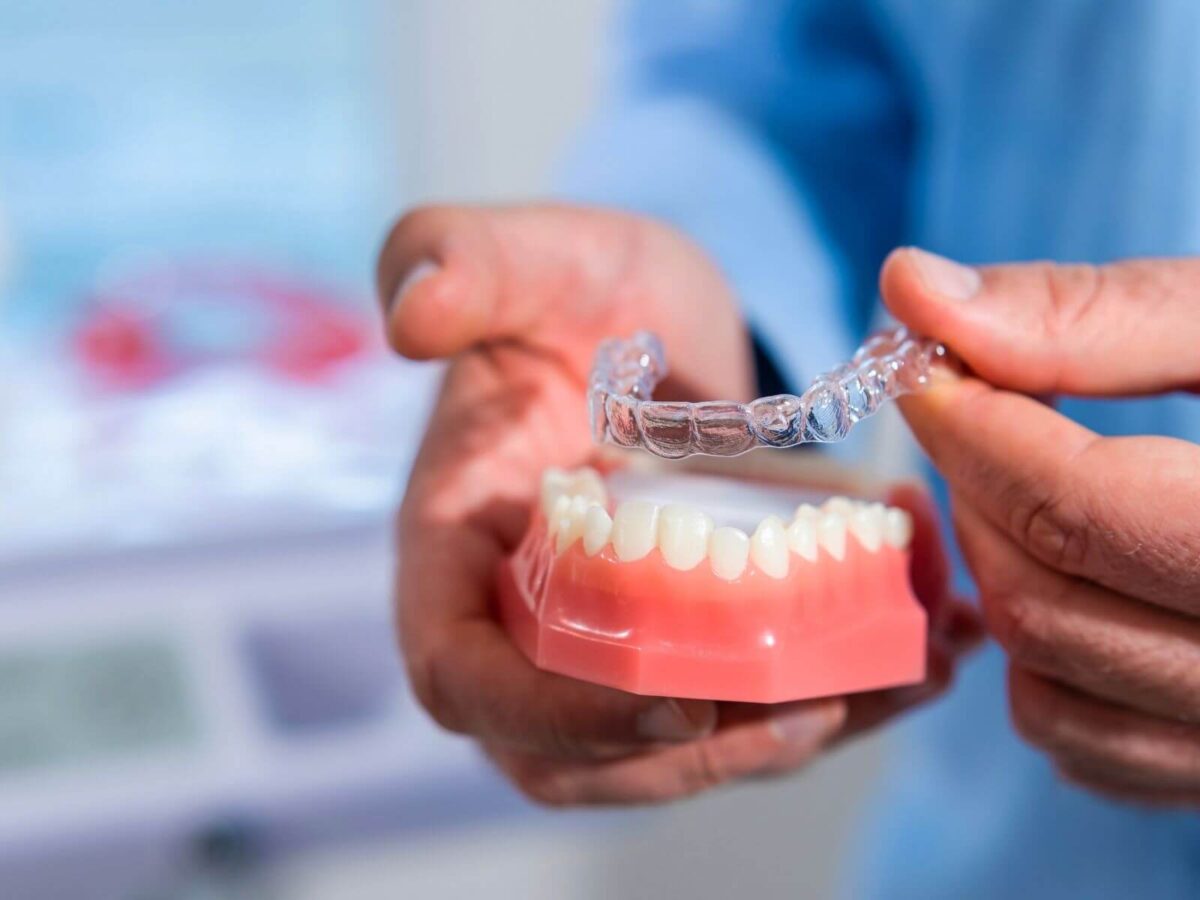Most people fear a root canal treatment. It feels like an expensive procedure with extreme toothache. But is it as bad as it seems? Most people not particular about their oral health might need a root canal. They should look for early signs of infection and inflammation to get early treatment.
This article will help you learn more about root canal treatment and explore symptoms of infection. You can get an early diagnosis and start your treatment to avoid the need for invasive procedures like root canals. With practical tips, you can prevent oral diseases and better care for oral health.
Root Canal Explained
A tooth can get infected, decayed, or damaged for various reasons. These situations lead to tooth repair procedures. If the tooth pulp is infected, it needs to be removed and cleaned properly. This surgical procedure is called a root canal. In this, the infected or damaged vessels, nerves, or pulp areas are extracted out of the tooth. Then, the tooth is cleaned and sealed as new.
Root canal procedures can effectively help with pain management and prevent the spread of infection. It also enables you to save your teeth. This procedure can ensure that infection does not return or spread to other adjoining areas in the mouth.
With modern technologies, root canal treatment has achieved precision and effectiveness. It is as gentle as non-invasive procedures and can help you get a healthy smile.
Here are some reasons that can indicate that you need root canal treatment. Let us take a look at these:
Extreme Sensitivity
Sensitivity is a common sign that old people might have gum issues. But, with poor oral hygiene in adults and toddlers, sensitivity has become common for all age groups. A lingering feeling while eating hot or cold food that affects your nerves might indicate signs of oral damage. It can be pulp infection or nerve damage around tooth roots.
Darkened or Discolored Tooth
Have you observed a blackish outline around your gums? While discoloration or dark shade might indicate poor hygiene, it can also indicate tooth decay. People with internal tissue breakdown might need a root canal treatment. If it is usual discoloration, you can get a teeth whitening session, or it will lead to a root canal procedure.
Toothache
Pain or discomfort is the most prominent indicator that you need a root canal. Toothache is a warning sign to consult your dentist about your oral issues. Some people ignore most symptoms to avoid expensive treatments. But, this can lead to severe complications such as bone loss and tooth loss.
Continuous throbbing and pain when it becomes irresistible; only then do people seek professional guidance. Some conditions are reversible and can be treated with early diagnosis. If you feel slight pain or discomfort in your tooth, take it as a warning sign and consult medical professionals immediately.
Chipping or Cracking in Tooth
Accidents can happen anytime, and immediate treatment is effective in these situations. Chipping or cracking of teeth due to fall or slip is quite common. Even if there is a tiniest chip, it can become an entry point for harmful bacteria to reach your pulp and cause decay.
If you seek immediate medical help for the slightest chip or crack, you can prevent the need for root canal treatments. A proper oral routine can also prevent infection from spreading all over your mouth.
Swelling
Swelling is a sign of infection, whether it is in your gums or your face. While swelling is easily noticeable, without pain, no one takes it seriously. Once the pain strikes, you take swelling signs seriously. Not all gum swelling needs a root canal procedure, but it can be a warning sign.
You should get yourself diagnosed and treated immediately if you have gum swelling. You also might need antibiotics to fight infections and pain medications to manage discomfort. Tooth decay and infection are treatable if diagnosed early.
Other Gum-Related Reasons
Ignoring signs that can result in serious complications is not correct. While some discoloration or minor discomfort might not sound serious, eventually, it can indicate extreme infection or damaged nerve. You should closely monitor oral symptoms to ensure they are not increasing. If you find more signs leading towards oral infection, seek medical help immediately.
A pimple-like bump can also indicate a potential dental abscess. It leads to infection and makes your oral sensitive to touch. You need a dentist to remove pus from this bump to reduce infection. This abscess makes talking, eating, and other oral functions difficult. With an infection and root canal treatment, these bums can be managed.
Similarly, if there are signs of discomfort during normal oral function, it can become a topic of concern. You should observe signs of swelling and sensitivity toward your food. With practical strategies, you can diagnose oral infections quicker and reduce the need for a root canal in the long run.
Contact Your Dentist For a Root Canal Diagnosis
A root canal is an invasive and expensive procedure. But with modern technology, it has become less invasive and more gentle over time. It can be an effective treatment to protect your tooth and stop the spread of infection. While it extracts pulp and all infected nerves, it ensures your tooth remains clean and effective as before.
The root canal is a repair mechanism that saves you from extreme toothache and sensitivity and controls infection in severe cases. It is a durable and reliable treatment that protects our oral health in the long run. This treatment is pain-free and helps you maintain your natural smile aesthetic as before.
You can contact root canal experts at Grangerland Dental Office, TX, to explore more about this procedure. You can consult these professionals and learn more about preventive measures. With practical tips, you can improve your quality of life by effectively managing your oral health.




